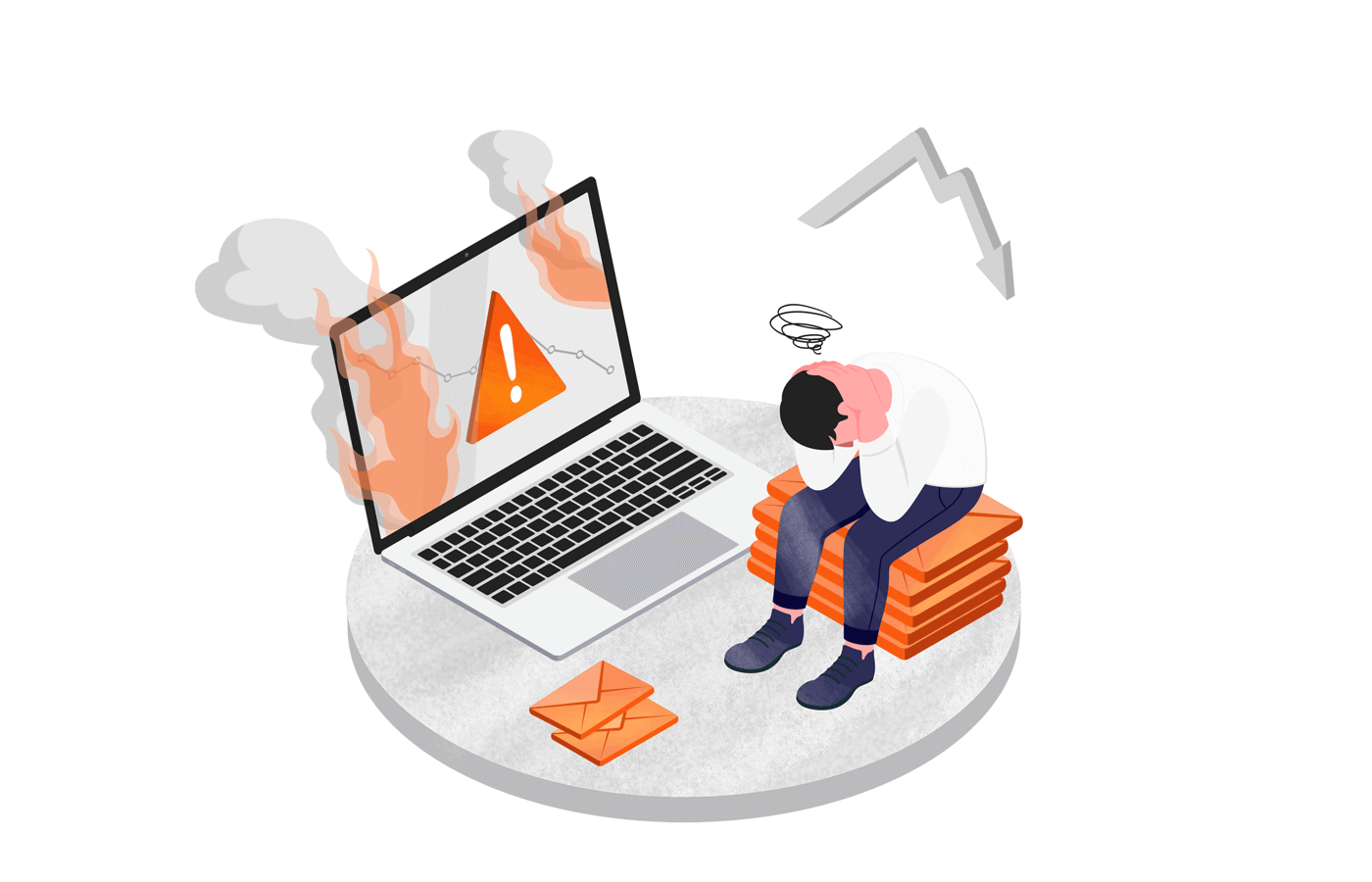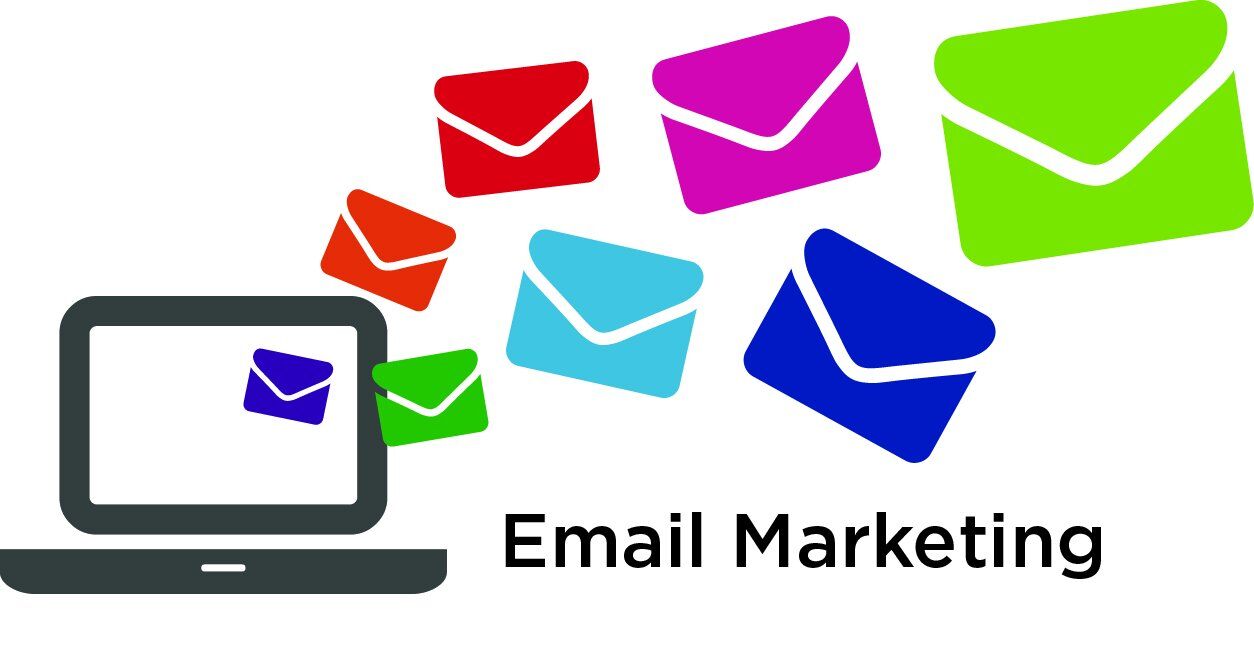Mailchimp’s automation tools have helped e-commerce businesses generate nearly 16 times more orders per recipient compared to standard bulk email. With automation, you can trigger either a single email or a sequence based on user behavior—but which strategy drives better results?
Drawing from automation data across 150,000 businesses, we explored how single emails and multi-email series perform, and what approach may benefit your business the most.
What the Data Reveals
Inbox competition is fierce. Most recipients won’t read every message, which is why a multi-email automation can boost visibility and drive more conversions.
For instance, abandoned cart series outperform single abandoned cart emails significantly. A series generates nearly 37 times more orders per recipient than a bulk email, while a single abandoned cart message delivers about 30 times more.
That may not sound like a big difference, but here’s the breakdown: abandoned cart series result in one order per 43 recipients; single emails generate one order per 54. That’s a 24% improvement in performance for series-based automations.
Looking at Revenue per Automation
If your primary focus is revenue, the numbers lean even more in favor of email series. While individual store pricing can influence totals, the averages speak for themselves.
A single abandoned cart email produces about $544 in revenue per automation. In contrast, an abandoned cart series brings in approximately $958—an increase of more than 75%. And once the automation is set up, it requires no additional effort to deliver those results.
The same trend applies to first purchase automations. A series produces twice the number of orders per recipient compared to a single-email version. Revenue follows suit: a first purchase email nets $149, while the series delivers $480 on average.
Where Single Emails Compete
Abandoned cart and first purchase series clearly win out, but welcome automations tell a more complex story.
Welcome emails generally perform better than bulk messages, but the difference between single and series isn’t as stark. In fact, the average order rate per recipient is slightly higher for a single welcome email—by about 3.8%.
However, when revenue is factored in, welcome series pull ahead. On average, they generate 51% more revenue than single welcome emails. A more focused look at welcome emails with product recommendations revealed similar results: orders per recipient remained slightly higher in single emails, while the series delivered 41% more revenue overall.
So while a single welcome message might grab quick engagement, a series remains the stronger option for long-term revenue growth.
Test and Adapt Based on Your Business
While these trends hold across a large dataset, they may not exactly match your own results. The average automation series in this study included three emails—a structure that’s proven effective for many businesses. But the right number for your brand might differ.
Rather than guessing, test your own workflows. Try pitting a single email against a multi-email series for key automations like abandoned cart, first purchase, or welcome journeys. Monitor open rates, clicks, orders, and revenue to determine what resonates best with your audience.
No two businesses are identical, and the most effective approach will come from ongoing experimentation and refinement.




